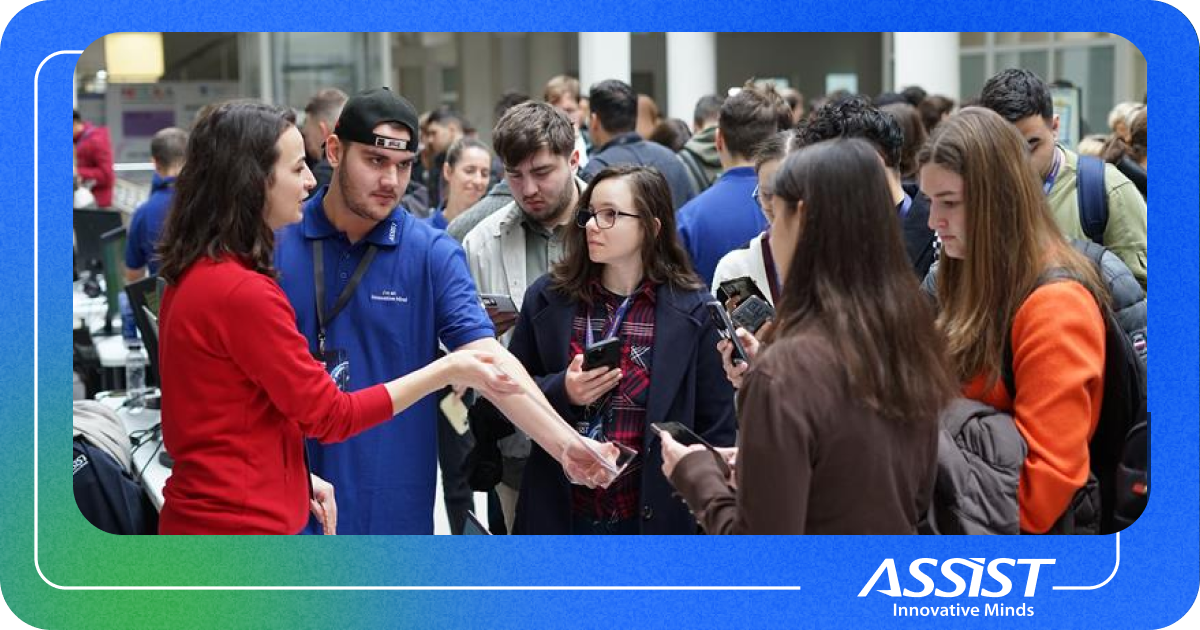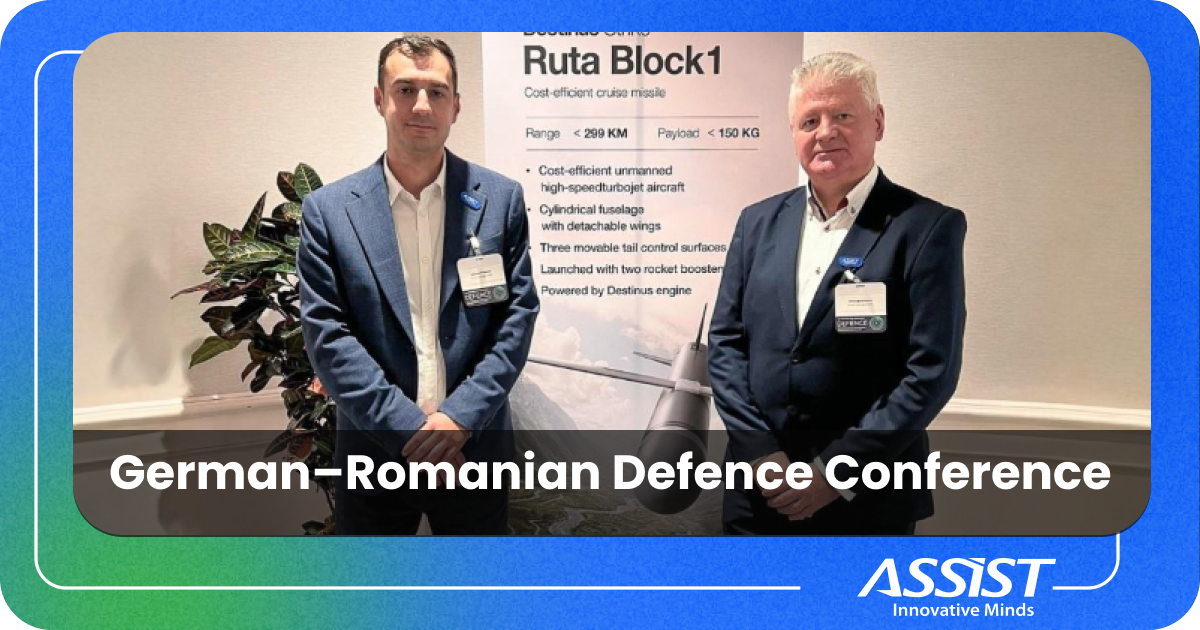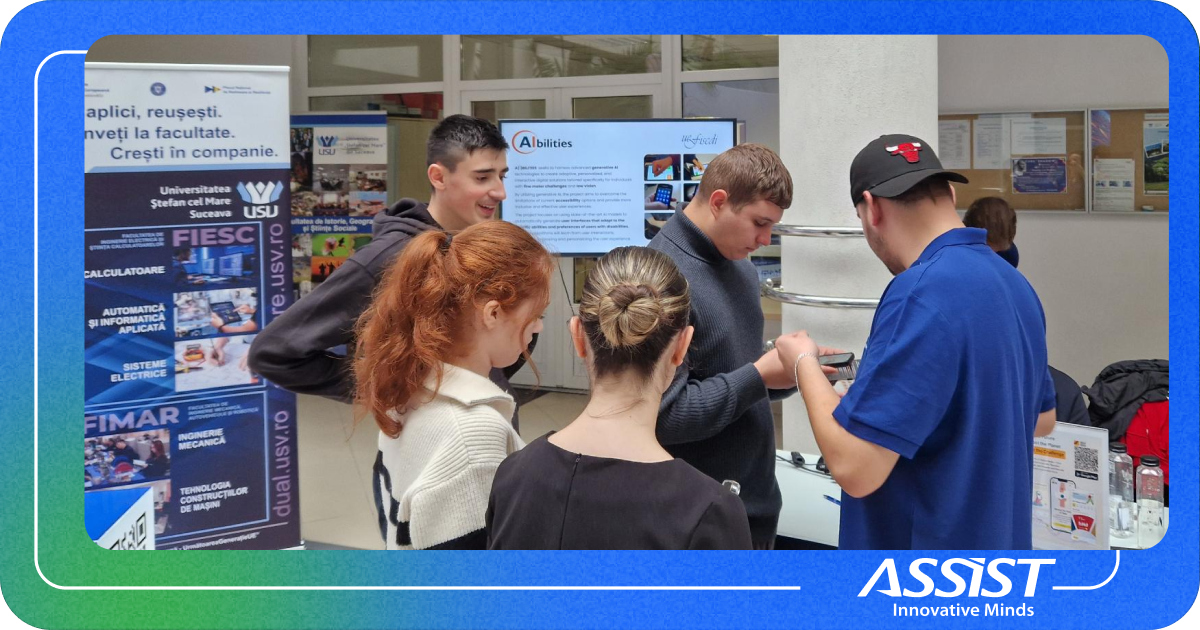The Industries Leading AI-Driven Cybersecurity in 2025
In 2025, integrating artificial intelligence (AI) into cybersecurity strategies has become imperative. AI-driven solutions offer enhanced threat detection, rapid response capabilities, and proactive defense mechanisms against increasingly sophisticated cyber threats. As a Romanian software development company, we are making notable contributions to these advancements, applying AI to address cybersecurity challenges through innovative projects and collaborations.

The financial sector remains a prime target for cybercriminals due to the sensitive nature of its data and the potential for substantial monetary gain. In response, financial institutions are heavily investing in AI to bolster their cybersecurity frameworks. AI's ability to analyze vast amounts of transaction data in real time enables the detection of fraudulent activities and anomalies that could indicate security breaches.
A report by The Financial Times highlights the increasing use of AI-generated phishing scams targeting corporate executives, emphasizing the need for advanced AI-driven defenses in the financial sector. Furthermore, a survey by Statista indicates that approximately 41% of organizations in the financial sector have fully operationalized AI-driven cybersecurity measures, underscoring the industry's commitment to AI integration.
ASSIST Software's work on projects like the CounteR Project reflects how AI can play a role in addressing complex security challenges. By leveraging Natural Language Processing (NLP) and machine learning, this project demonstrates the potential for AI to safeguard financial systems against threats like radicalization that may have ripple effects on global economic stability.
Read more:
- 19 Organizations from 11 EU Member States Unite Efforts to Counter Radicalisation and Violent Extremism - CounteR | ASSIST Software Romania
- CounteR Project's Final Review: Advancing Radicalization Detection Software | ASSIST Software Romania

The Technology and Telecommunications (T&T) industry develops and consumes AI technologies. As the backbone of digital communication and innovation, this sector faces persistent cyber threats that aim to disrupt services and steal intellectual property.
To counter threats, T&T companies are deploying AI to monitor network traffic, detect anomalies, and respond to incidents in real time. Integrating AI enhances the ability to manage large-scale data and complex networks, ensuring service continuity and data integrity.
An article from SecurityWeek discusses the progress of AI in cybersecurity, noting that 2024 was a year of hype, and 2025 is likely to be its delivery, indicating the industry's trajectory toward AI implementation. Additionally, Deloitte emphasizes the importance of scaling security operations and enhancing third-party risk management in the T&T sector, recommending adopting AI-driven solutions to achieve these goals.
ASSIST Software's PARS Project, presented at the NATO "Cybersecurity and Military Artificial Intelligence" Conference, is another example of these efforts. The project underscores how AI can support the T&T industry by addressing the specific cybersecurity challenges faced by large-scale digital infrastructures.
Read more:

The manufacturing industry has witnessed a surge in cyberattacks, particularly with the rise of the Industrial Internet of Things (IIoT) and smart factories. While improving efficiency, these advancements have expanded the attack surface for cyber threats.
Manufacturers invest in AI to secure operational technology (OT) environments. AI systems can predict potential vulnerabilities, monitor machinery for signs of cyber tampering, and ensure the integrity of production processes.
A report by El País notes that in 2024, the manufacturing sector was among the most affected by cyberattacks, leading to increased adoption of AI-driven cybersecurity measures. Moreover, Cybersecurity Magazine highlights that organizations are dedicating more resources and AI-driven tactics to stay ahead of evolving threats, indicating a proactive approach in the manufacturing sector.
ASSIST Software's involvement in the Datapact Project further illustrates how AI can be applied. By focusing on tools for ethical AI, this initiative ensures that AI-driven cybersecurity solutions are effective and responsibly designed to meet global standards.

Financial Services, Technology and Telecommunications, and Manufacturing are leading this shift, but the conversation is far from over. At ASSIST Software, we've been exploring the intersection of AI and cybersecurity through projects like CounteR, PARS, and Datapact, and many more and we're eager to share insights and learn from others working in this space.
We'd love to hear your thoughts. Here are a few questions to consider as we continue this important discussion:
- How do you see AI shaping your industry's cybersecurity strategies in the next five years?
- What challenges do you anticipate in balancing ethical considerations with implementing AI-driven cybersecurity tools?
- Where do you think companies like ASSIST Software can bring the most value in helping organizations integrate AI into their cybersecurity frameworks?
Let's connect and dive deeper into how we can navigate the challenges and opportunities of AI in cybersecurity together. Reach out to share your perspective or explore potential collaborations—we're always open to meaningful conversations.



